Germany’s first sound film was…. a Wagner opera
OperaIn his 150th birthday week, we share film of the composer Leo Blech conducting Wagner’s Meistersinger in 1929, the first sound film to be made in Germany.
Blech, who left Germany under the Nazis, returned in 1949 as conductor of Berlin’s Städtische Oper.
He died in 1958.
And this is one of Blech’s scores:

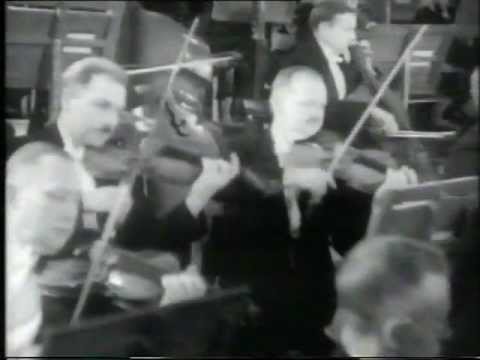
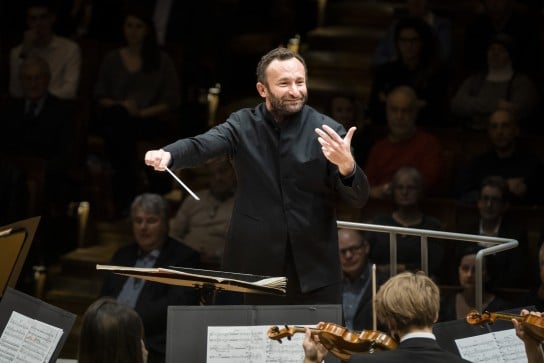
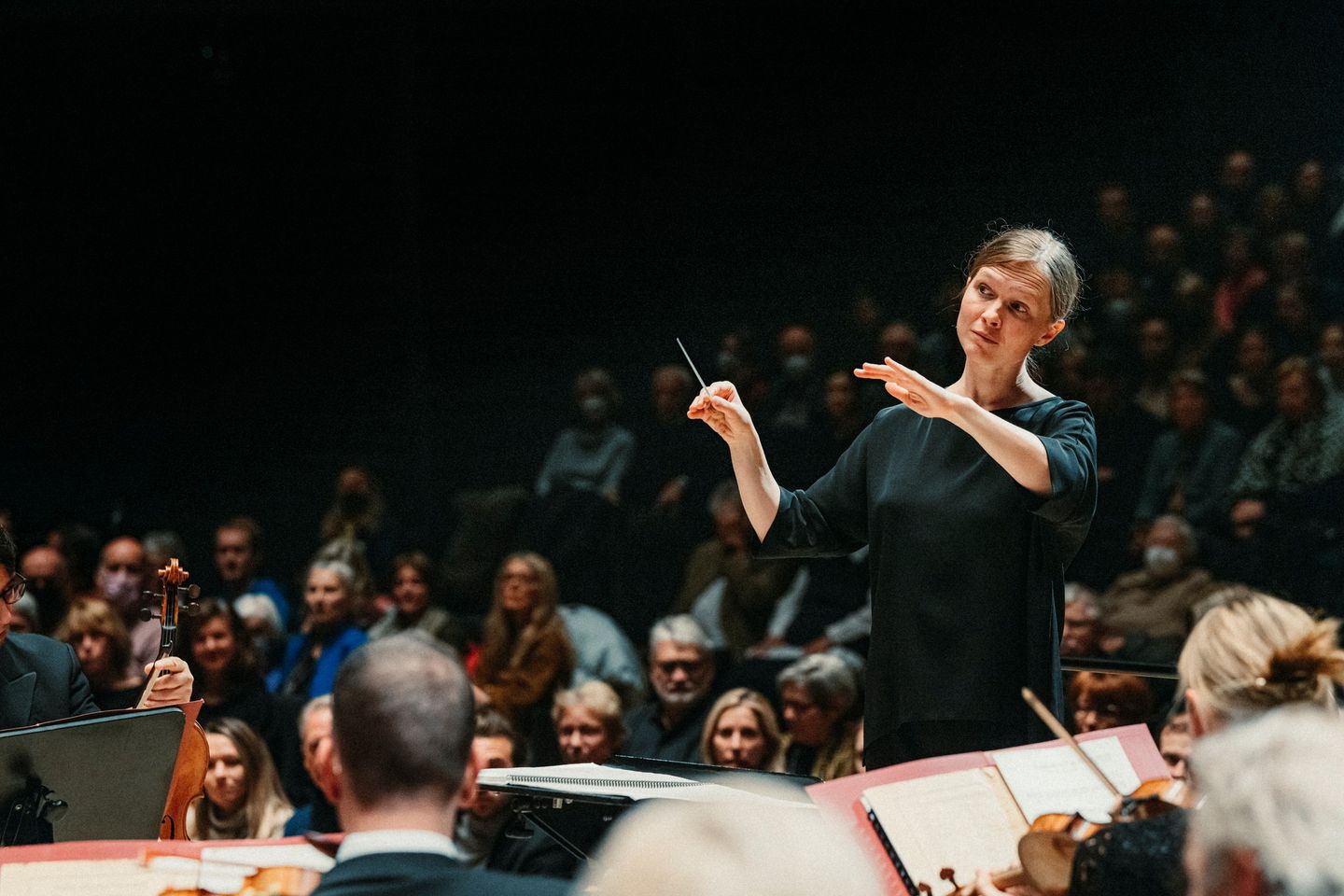
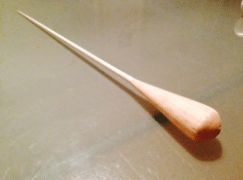
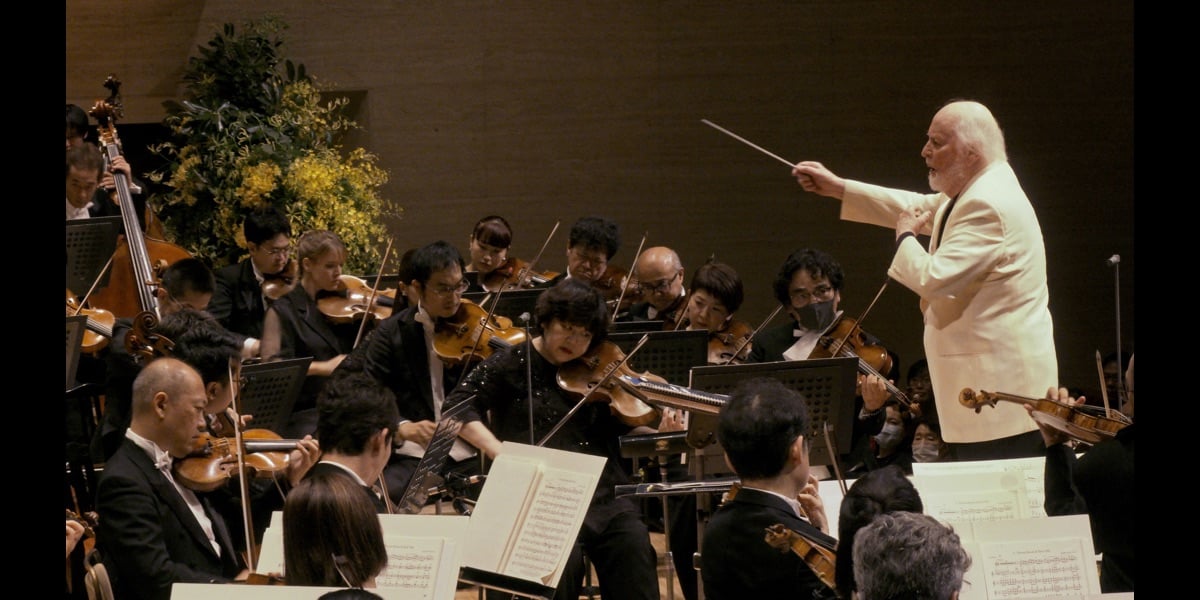
Very interesting.
The Meistersinger ouverture is played too fast, many subtle details in the music get lost.
The Blech piece is nice & well-made late-romantic music, rather sentimental though. You can understand people got a bit seasick of late-romanticism and wanted something more spicy – Mahler, Strauss, Schreker, Debussy, etc.
That’s because it’s a semitone sharp. Tempo falls into place if the film is run at the correct speed.
Funny…. I had not thought of that. So, it’s Chaplin tempo.
But, on reflection – a semitone cannot count for such hurry. Blech must have played it on the very fast side to begin with.
Actually a whole tone sharp.
I say that on a daily basis but I’m ignored for being a woman!
I think he’s wrong all the time anyway, also when I check it and it seems right. It simply cannot be right all the time and it gets on my nerves.
Sally
It’s not merely too fast. The speed of the film has not been corrected. It is running too fast which not only gooses the tempo but puts the music in the wrong key. Easily correctable with software, but it has to be recognized. And hey Sweepea. Spare us the lecture.
Blech was Jewish and a mixed bag. An exceptional musician, he was also a great friend of Goebbels and Goering who went out of their way to keep him working and safe from 1933 to 1937. He worked in the German opera houses when his colleagues either left or were relegated to the Kulturbund and eventually certain death. When it became untenable for him to remain in Germany in 1937, he was sent by his high powered Nazi buddies to the capitol of Latvia, Riga where he continued conducting. (Some say he was in Riga as a guest; no it was planned for him to leave and he packed up his household before he left.) In 1941 with the impending Nazi invasion, they reached out again and moved their friend to Sweden where he continued to work as a conductor. After the War he returned to Germany as if nothing had happened and resumed his conducting career as a Norman says in the article at the Stadtische Oper until he passed in 1958.
A talented conductor and composer, his opera “Versieglt” played internationally, though in New York only one performance at the Metropolitan Opera. As a human being he essentially ignored what was happening to his fellow Jews. He did not leave and go to the United States, England, or even South America. He thought only of himself and his wife, using his friendship with high powered Nazis to further his career in Germany as long as they could help him. He then moved to other countries where they had long arms until he could return to Germany after the War. His legacy as a musician has always been cloudy due to his choices under the Nazis and rightfully so.
Very fast! But also a half step sharp so perhaps the speed of playback s off
https://www.filmindependent.org/blog/hacking-film-24-frames-per-second/#:~:text=Economics%20dictated%20shooting%20closer%20to,is%20sped%20up%3A%20Charlie%20Chaplin.
This states “most silent films were filmed around 16-18 frames per second (fps), then projected closer to 20-24 fps”. Given that this was the first German sound film, the same may have applied here.
No, that’s not how it worked. The phenomenon you’re talking about in silent films is the result of hand cranking the cameras. The frame rate was standardized in the sound era. The reason this is a half step sharp is that at some point when it was transferred to video, the factor was the difference between NTSC (24 fps) and PAL (25 FPS) video formats, which is 5% and exactly a half step in terms of audio.
The same thing happened with a German film of Furtwaengler conducting the very same piece for factory workers. Comes out C#.
Yes, and nearly 100 years old!! How wonderful that we have these historic documents. And what superb playing from that orchestra!!
Interesting how early so many of the clichés of filming an orchestra were arrived at: a few notes from the trumpets then a few beats from the drum and the camera is whirling around in a way that makes you dizzy and distracted the busier the orchestration gets. I did note that in common with many opera conductors, Blech raised his hands rather high, so that the players could watch his hands and his eyes and face at the same time.
1929. How many of those musicians, and Blech himself, could have really imagined where things would be in Germany in just a few short years.
The word ‘grammar’ should be used instead of ‘cliches’. The recording is obviously well produced and probably used double or multiple cameras and would have been edited, just like every other film – a specialist art. This is a magnificent piece of cinema, IMO. Remembering, also, that Germany was ahead of the pack with cinema in this era; think Paraufamet/Pommer et al. A magnificent legacy.
In the Wagner performance, the principal cellist was Joseph Schuster (age 26). In 1934 he left the orchestra and moved to New York City, Soon thereafter, he was appointed principal cellist of the New York Philharmonic.
I don’t pretend to be familiar with Wagner’s own tempo markings, or with what was considered standard performance practice when this film was made in 1929, but, over the course of time, I’ve heard countless recordings of the Meistersinger overture and can’t recall ever hearing it played as fast as it is here.
On its own terms the film is indeed interesting, but to my ear, this conductor’s pacing made the piece sound merely hectic, as if the he was a great hurry to get to the end, and therefore robbed the music of its built-in nobility and drama.
True.
But there is a real problem with the piece’s tempo, because Wagner wrote at the top of the score:
‘Sehr mässig bewegt’
So, moving but very moderately. Most conductors read this as meaning moving quite slowly, and make the music sound pompous and square. Wagner himself always took lively tempi, on the fast side. He should have written: Allegro maestoso, he would have both the grandeur and the character of the tempo better indicated. He knew there was a problem with the prelude and said somewhere in his letters that he wanted to change the tempo marking, but he never came around to do that.
How does he know? Was he present at Wagner’s conducting of this piece? And in which letter precisely can be found that specific comment on the tempo marking? I began to read the Burrell collection of W’s letters to chekc such easy remakrs, but since these are in the hundreds, it will take some time to find it. I’m glad they didn’t publish the collected emails of RW or something, the man was obviously crazy.
Sally
Don’t blame Blech. The film is running a halftone sharp. I don’t have perfect pitch but it was obvious immediately that it was C#.
Blech appears in several episodes of the Musikstadt
Berlin documentary. “A Walk in the Forest” makes me hope to hear more.
Bravo, Blech, except it’s running a semitone sharp.
“Bravo, Blech, except it’s running a semitone sharp.”
Might be some conversion issue à la PAL speed-up.
https://en.wikipedia.org/wiki/576i#PAL_speed-up
“Germany’s first sound film was…. a Wagner opera”
I was not able to verify this. The sources I consulted didn’t even mention it.
https://www.filmportal.de/thema/die-entstehung-des-deutschen-tonfilms
https://www.welt.de/print-welt/article299431/Der-toenende-Film.html
etc.
I’d be happy to have a look at the source you used here.
Speaking of films, I made a video* of that most interesting behavior your thumb voting mechanism is “featuring”:
https://imgur.com/j8ci1OH
*) I would’ve made a Ride of the Valkyries audio track for dramatic effect, too, but imgur made it a gif and gifs don’t support audio.
Whether it was ‘first’ or not is moot; what is not in question is the standard of production and the use of music film editing. 1929!!
Warner Brothers were making music sound films in 1926. Including the NY Phil in the Tannhauser Overture cond. Henry Hadley (abridged! to fit a 10 minute reel of film.)
Thank you for that excellent link of German sound film!!
“Thank you for that excellent link of German sound film!!”
Tricking me into downvoting myself, aren’t you! 😉
“Whether it was ‘first’ or not is moot”
But if it’s that moot, why put it in the headline? Maybe not that moot after all?
Better playing than I expected from a pre-WWII European orchestra. Blech employed a wide range of tempi.
Why wouldn’t you expect pre-WWII European orchestras to have played to the highest standards? The musicians then were probably as good as musicians now. Perhaps they were better!
Except in Britain, lol. Their orchestras were mediocre especially the early LSO. Boult improved things when the BBC Symphony was formed and of course Beecham with the LPO in the early 30s.
Sorry – technically inferior to US orchestras of that period that I grew up hearing – especially Philadelphia and Boston with Stokie and Koussevitzky. IMHO, European orchestras improved rapidly after WWII as technical standards rose.
I detected very little portamento in the playing, which was a feature of much early 20th century orchestral playing. Also, the montage editing at the climax of the piece was a cinematic masterstroke!! (My own specialization is cinema studies.)
The orchestra is ahead of the conductor much of the time. Doesn’t say much for the practice of conducting with one’s hands above one’s head.
The best prewar orchestras were ahead of the conductor. some of them even a couple of bars and finished playing while the conductor still had to finish a couple of phrases.
They were so well-trained that an occasional logistic mistake in management which led to the conductor conducting another piece than the orchestra was playing, went unnoticed.
Really imaginative camera work and editing for so early a venture; pretty good sound too. Thanks for posting!